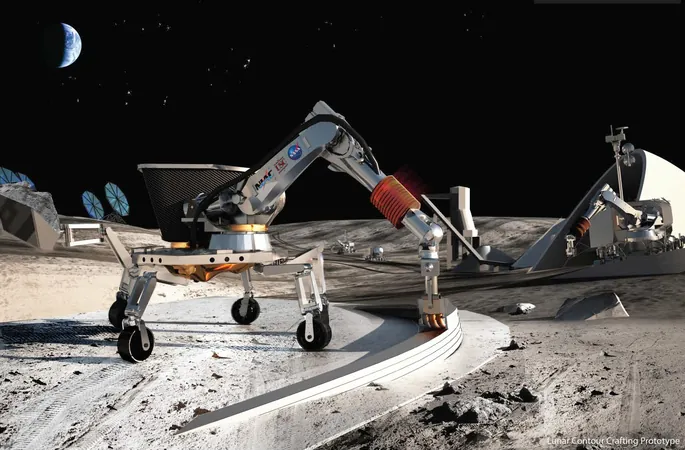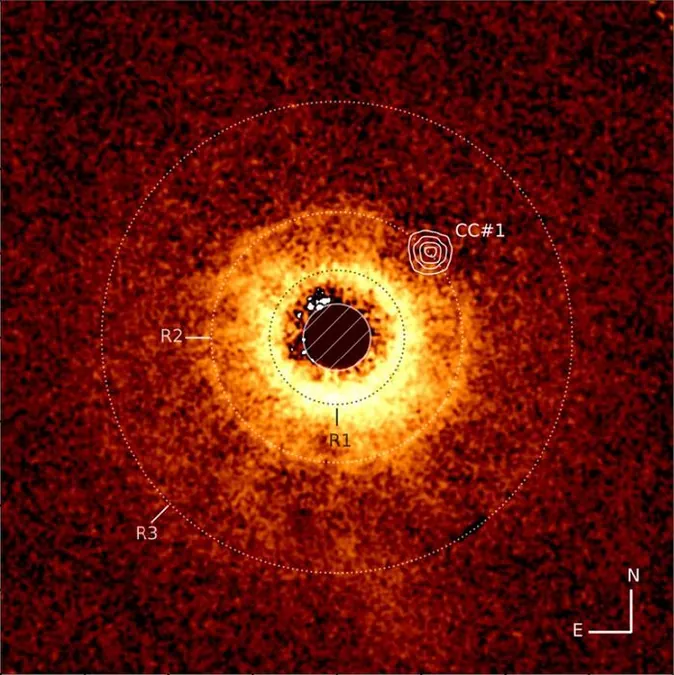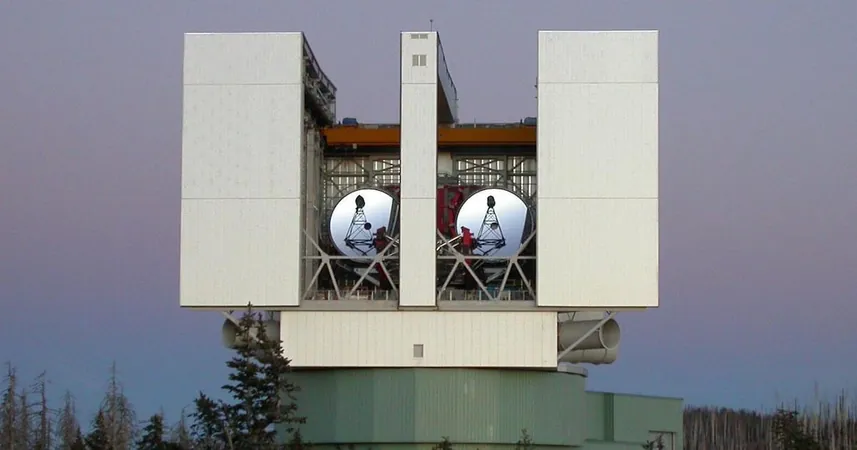
NASA and ICON Take 3D Printing to New Heights: Building the Future on the Moon!
2025-05-19
Author: Benjamin
NASA and ICON, the trailblazing Texas-based construction tech company, are revolutionizing how we think about building habitats beyond our planet. By testing lunar soil's behavior in low gravity, they are paving the way for futuristic 3D printed constructions on the Moon and Mars.
This groundbreaking partnership kicked off with NASA's 3D Printed Habitat Challenge and has evolved through multiple programs. ICON has been on a mission to harness local Martian and lunar materials—known as regolith—at the forefront of extraterrestrial construction technology.
The pivotal moment in this collaboration came in February 2025 when ICON launched the Duneflow experiment aboard a Blue Origin rocket. For about two glorious minutes, the rocket simulated the Moon's gravity, allowing researchers to examine how lunar dust flows and behaves in such conditions. The findings are essential for advancing automated 3D printing systems designed to work seamlessly in varying gravitational fields.
At the heart of ICON's innovations is the Olympus platform, a next-gen construction system that utilizes native materials to create large-scale infrastructure directly on extraterrestrial surfaces. Forget transporting concrete from Earth; Olympus employs a cutting-edge process known as Laser Vitreous Multi-material Transformation, using powerful lasers to melt lunar soil. Once cooled, this material forms robust, ceramic-like structures perfect for habitats, landing pads, and roads.
This revolutionary approach significantly reduces the costs associated with space missions. Each kilogram sent into orbit balloon costs, so utilizing in-situ resources opens up extraordinary possibilities for future missions. By creating essential structures directly from Martian or lunar soil, mission logistics can be streamlined like never before.
ICON's groundbreaking 3D printing technology isn't just theoretical; it's been successfully implemented on Earth! The company's Vulcan system has already manufactured full-size homes, demonstrating that robotic construction can be a reality—and setting the stage for adopting this innovation on other celestial bodies.
The Olympus system builds on extensive NASA research, including the Moon to Mars Planetary Autonomous Construction Technology (MMPACT) initiative, which aims to devise systems that can erect essential infrastructure without human intervention. This is crucial for early missions, where astronauts may not yet be on-site or may have limited resources and time.
Moreover, ICON’s advancements build on the pioneering work funded by NASA’s Innovative Advanced Concepts (NIAC) program, including techniques developed by Behrokh Khoshnevis, who introduced the concept of large-scale 3D printing on other planets.
Currently, ICON is also working on Mars Dune Alpha, a Mars-like habitat at NASA's Johnson Space Center, where volunteers will live and work for an entire year. This simulated environment is designed to mimic the challenges faced during long-duration Mars missions, allowing scientists to fine-tune the living conditions for astronauts.
Together, NASA and ICON are not just imagining but actively building the future of space exploration. Their ongoing collaboration is entering a crucial testing phase that could one day see real structures erected on the Moon and Mars, marking a monumental leap for humanity’s presence beyond Earth!









 Brasil (PT)
Brasil (PT)
 Canada (EN)
Canada (EN)
 Chile (ES)
Chile (ES)
 Česko (CS)
Česko (CS)
 대한민국 (KO)
대한민국 (KO)
 España (ES)
España (ES)
 France (FR)
France (FR)
 Hong Kong (EN)
Hong Kong (EN)
 Italia (IT)
Italia (IT)
 日本 (JA)
日本 (JA)
 Magyarország (HU)
Magyarország (HU)
 Norge (NO)
Norge (NO)
 Polska (PL)
Polska (PL)
 Schweiz (DE)
Schweiz (DE)
 Singapore (EN)
Singapore (EN)
 Sverige (SV)
Sverige (SV)
 Suomi (FI)
Suomi (FI)
 Türkiye (TR)
Türkiye (TR)
 الإمارات العربية المتحدة (AR)
الإمارات العربية المتحدة (AR)